What to do if GE Profile WPGT9150 Washer display shows error codes in test mode?
- AaporterJul 30, 2025
If your GE Washer displays error codes in test mode, press the START button. This will cause the control to exit the test mode and power off.
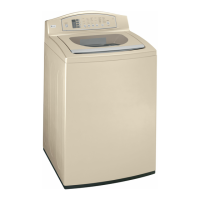
What to do if GE Profile WPGT9150 Washer display shows error codes in test mode?
If your GE Washer displays error codes in test mode, press the START button. This will cause the control to exit the test mode and power off.
How to make GE Profile WPGT9150 Washer enter test mode if control does not display 't1'?
If the control on your GE Washer does not display 't1' when trying to enter test mode, press and hold the WASH/RINSE and the SPIN SPEED buttons simultaneously, then press the POWER button.
Safety precautions related to hydrogen gas production in water heaters.
Ensures the washer is correctly installed and grounded according to instructions.
Guidelines for maintaining a safe laundry environment.
Safety guidelines to follow while the washer is in operation.
Safety precautions for when the washer is not in use.
Emphasizes the importance of carefully reading and saving all safety instructions.
Detailed explanation of the washer's control panel and its functions.
Description of available wash cycles and their optimal uses.
How to select the soil level setting for effective cleaning.
Guide to choosing water temperatures for wash and rinse cycles.
Information on selecting spin speeds for different fabric types.
How to start, pause, and resume wash cycles.
Details on cycle signal, soak, extra rinse, delay start, and custom cycles.
Instructions for properly using the liquid bleach dispenser.
Guide to using compartments for detergent, softener, and pretreatments.
Proper methods for adding liquid or powdered detergent.
Instructions for adding liquid fabric softener.
Guidance on using the pretreat dispenser for stained garments.
Tips for sorting clothes based on color, soil, and fabric type.
How to load laundry items correctly for optimal washing.
Explanation of common fabric care symbols and bleach labels.
Recommended water temperatures for different wash cycles.
Guidelines for using the correct amount of detergent.
Instructions for cleaning the lid, wash basket, exterior, and dispenser drawer.
Advice on moving and storing the washer.
Precautions for leaving the washer during long periods.
Essential steps and considerations before starting installation.
Safety precautions and requirements for electrical connections.
Details on water pressure, temperature, valves, and drain.
Importance and procedure for grounding the washing machine.
Recommended placement and clearance for the washer.
Physical dimensions of the washing machine.
Specific clearance and ventilation needs for alcove/closet installations.
List of components provided with the washer.
List of tools required for installation.
Steps for safely unpacking the new washing machine.
Connecting the hot and cold water hoses to the machine.
Positioning the washer for utility connections.
Connecting hoses to home water supply valves.
Connecting the drain hose to the household drainage system.
Adjusting the rear legs for proper washer placement.
Methods for ensuring the washer is level.
Connecting the washer to the electrical power outlet.
Initial steps to power on and start the washer.
Important warnings and references for servicing the appliance.
Diagnosing and resolving issues when the washer does not start.
Troubleshooting water supply and filling problems.
Addressing issues with water remaining in the tub after a cycle.
Identifying causes and solutions for water leaks.
Resolving problems with detergent dispensing.
Addressing problems with bleach dispensing.
Tips for improving stain removal performance.
Descriptions of common sounds the washer may make during operation.
Details of the warranty coverage for GE washers in the US.
Details of the warranty coverage for GE washers in Canada.
Accessing online resources for manuals, parts, and service.
How to schedule professional repair service.
Information on purchasing extended warranty coverage.
How to order replacement parts and accessories.
Ways to contact GE Customer Relations for support.
Instructions on registering the appliance for warranty.

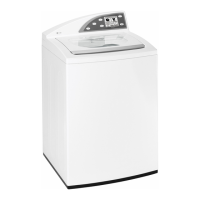

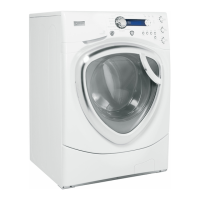
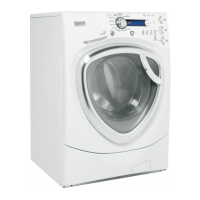

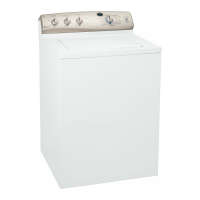
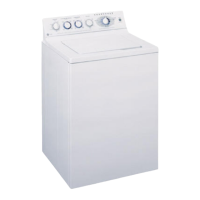
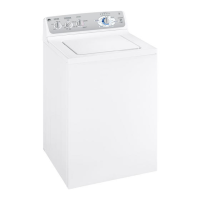
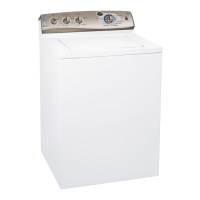


